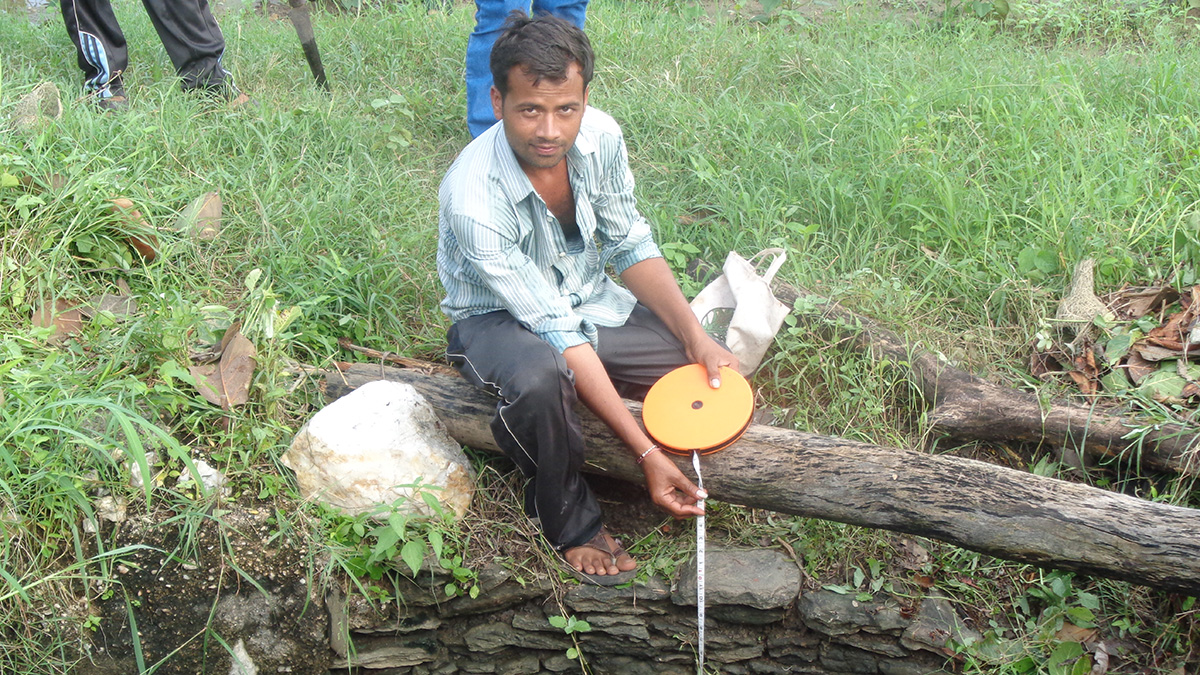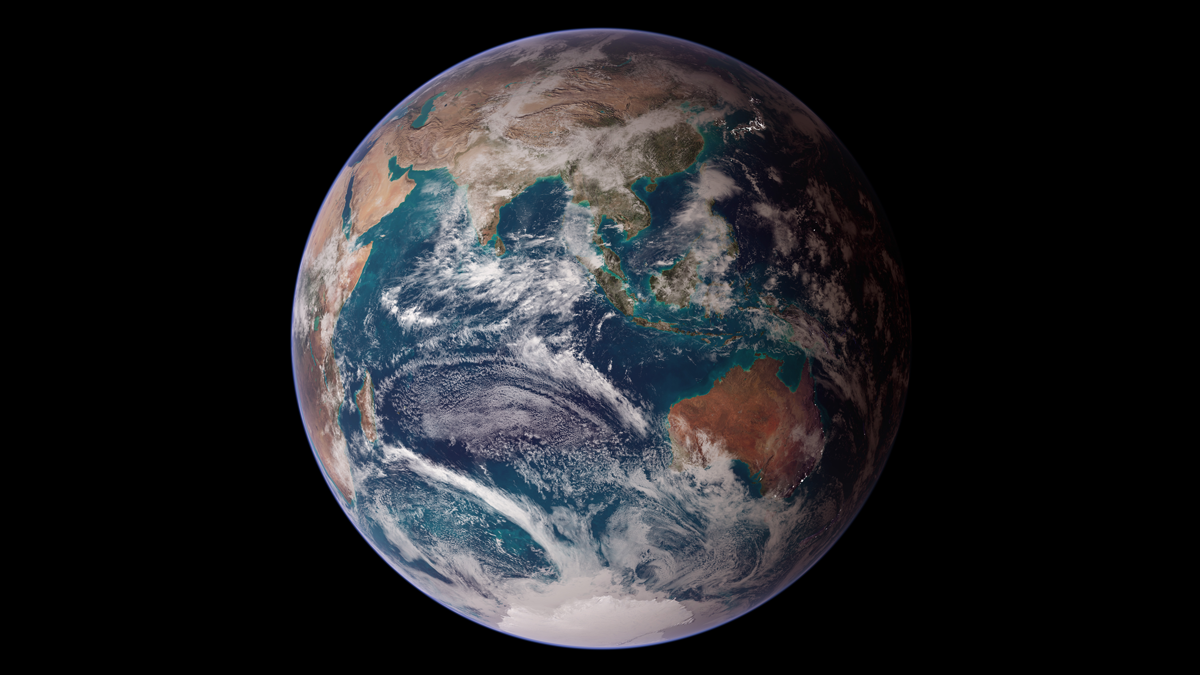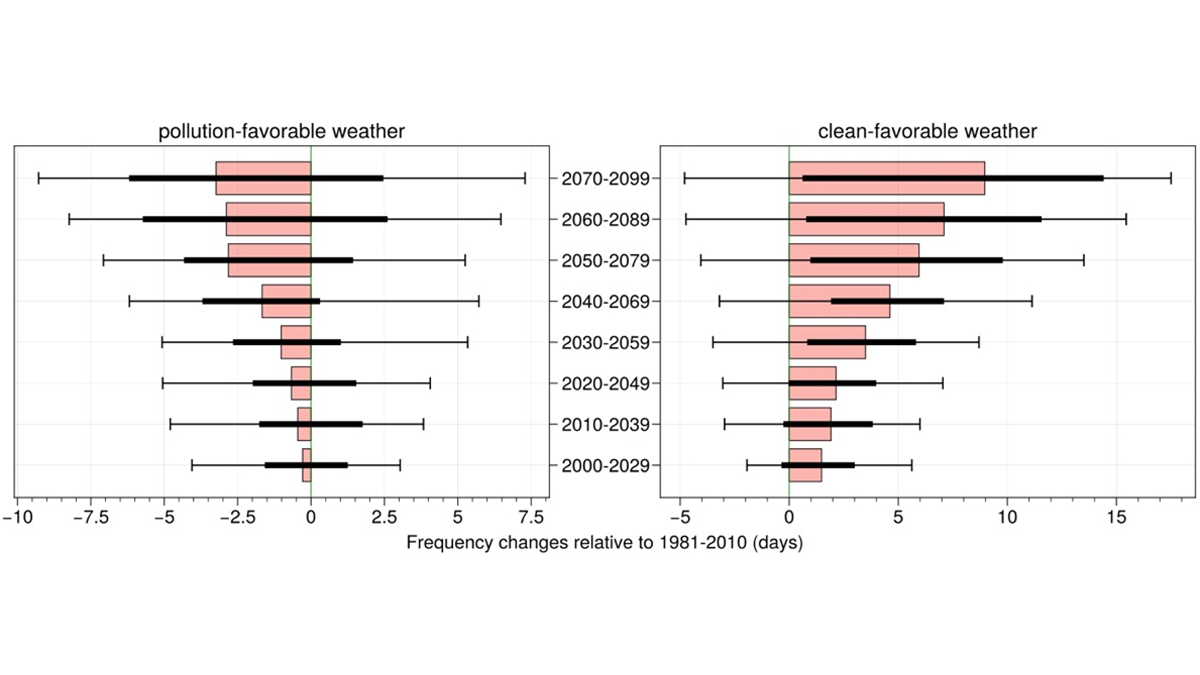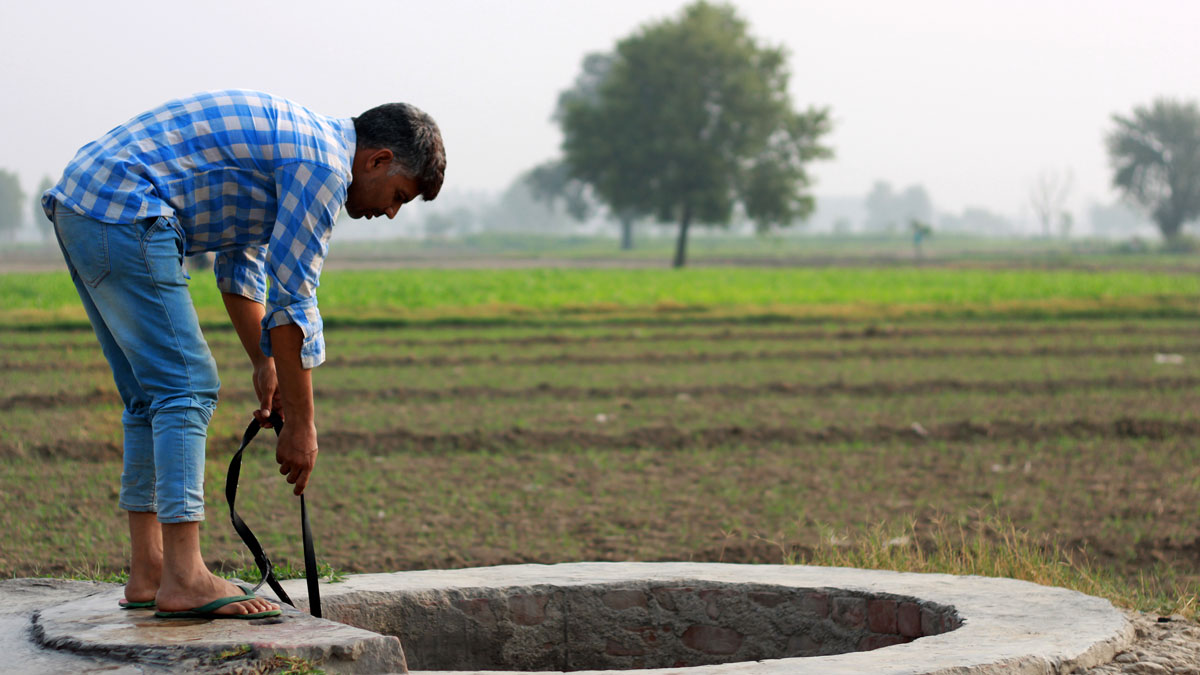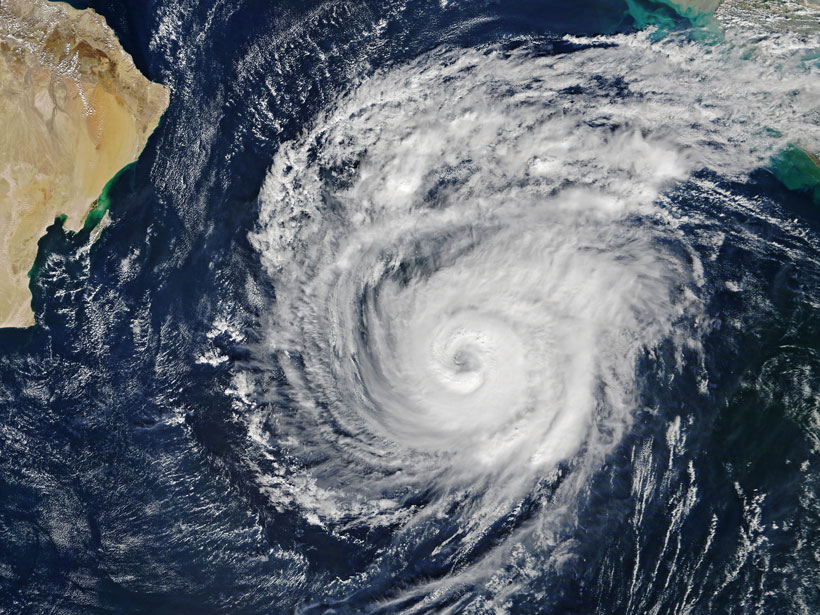Village volunteers use remote sensing and manual measurement to help farmers use groundwater more efficiently.
India
An Indian Ocean Network to Keep Track of Climate
Until this decade, the Indian Ocean was not well monitored. Today, the Indian Ocean Observing System helps with both weather monitoring and climate modeling.
The “Internet of Things” Boosts Agricultural Livelihoods in India
New technology is bringing better connectivity to remote areas, helping farmers improve crop yields and allowing fisherfolk to venture more safely out into the sea.
Reduced Winter PM2.5 in Northern India Under Global Warming
Global warming is projected to alleviate PM2.5 pollution in Delhi by decreasing pollution-favorable weather days and increasing clean-favorable weather days.
Tree Rings Reveal a 700-Year Record of Flooding in Bangladesh
Trees tell of a wetter past along the Brahmaputra River and, combined with climate modeling, suggest heightened future flood risks in one of the world’s most densely populated areas.
Researchers Trace Threats to Groundwater in India
A handful of new studies analyze the depletion and contamination of groundwater, as well as the effects of climate change—and how communities are responding.
Climate Change Is Making India’s West Coast More Vulnerable to Cyclones
A new study found significant increases in the intensity, frequency, and duration of cyclonic storms over the Arabian Sea. Is the west coast prepared?
Specifically Tailored Action Plans Combat Heat Waves in India
The frequencies of heat waves and heat-induced mortality have soared in India. Now government agencies and research organizations are developing city-specific action plans to mitigate heat impacts.
Indian Cities Prepare for Floods with Predictive Technology
The number and intensity of floods are increasing—they can inundate neighborhoods in Chennai in just 15 minutes. New models can pinpoint and help warn vulnerable areas hours or even days in advance.
Siltation Threatens Historic North Indian Dam
Experts recommend reforestation campaigns to combat siltation at Bhakra Dam, one of the first infrastructure projects pursued by India after independence.

